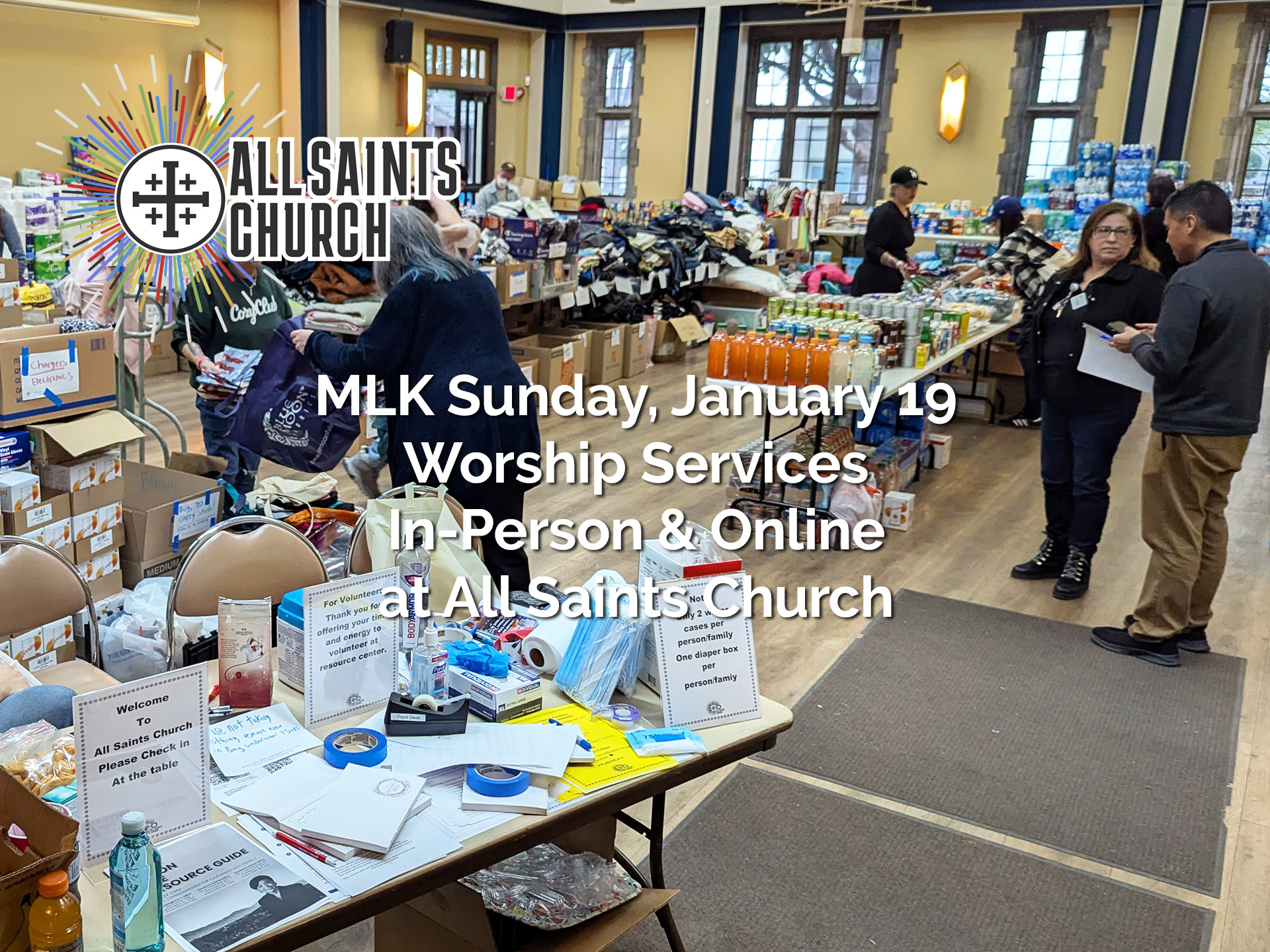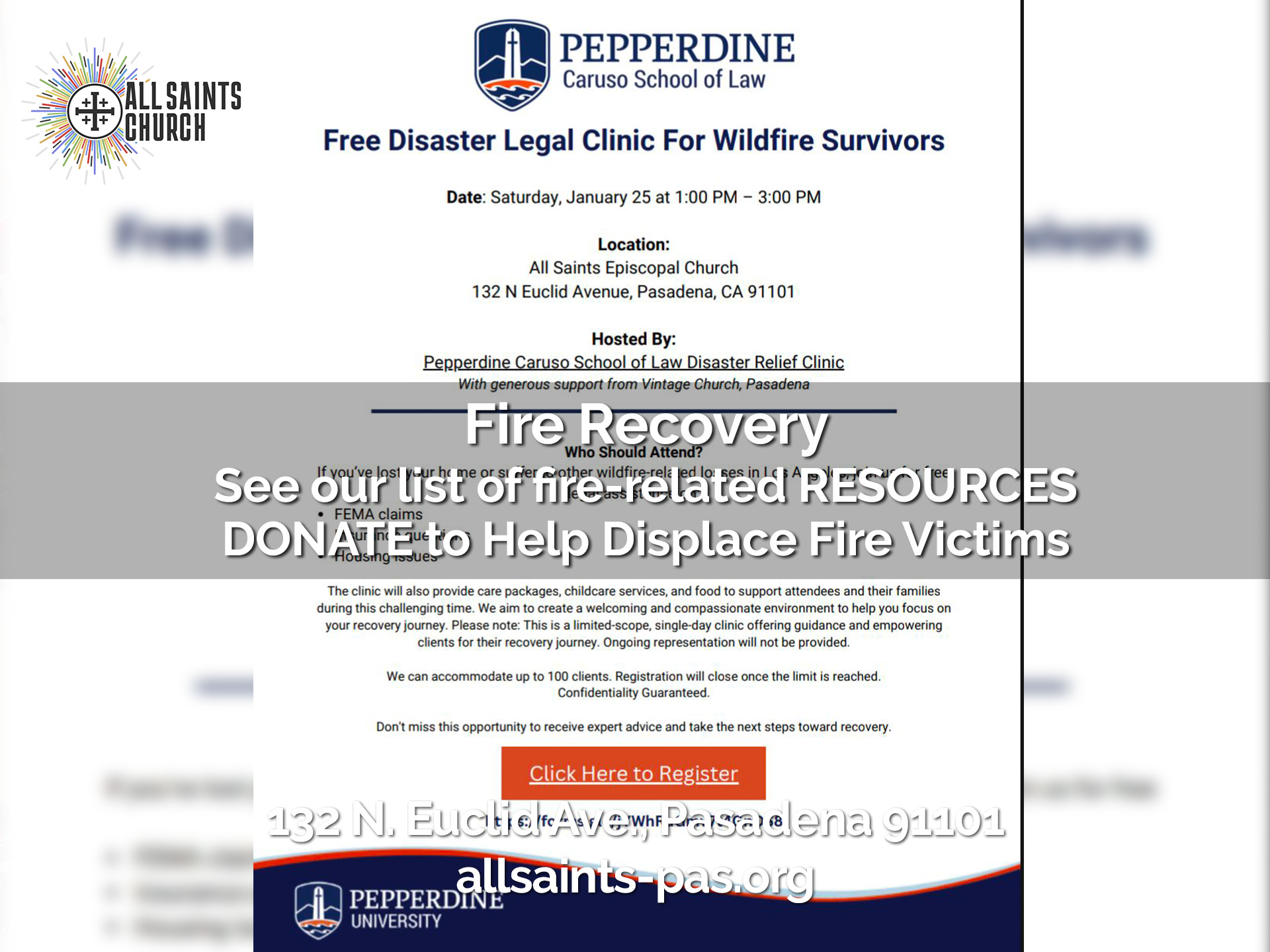

Welcome to Contemplative Corner
Each month CC will offer a short meditation for you to contemplate. In a fast moving world where we are bombarded with information from all sides, CC invites you to slow down and be present with the wisdom teachings of the Christian tradition and those in solidarity with these teachings from other traditions. CC also has resources for you to further your interest should you want to deepen your understanding of contemplative practices.
You are on this web page for a reason — curiosity, intellectual interest, Divine guidance. Now, as you read slowly, let your heart and mind be open and consent to the presence of the indwelling of the Divine, and be transformed.
January 2020
New Year, New Decade, New Orthodoxy
A new calendar year often brings with it hope for something new to being in our life. This is the beginning of not only a new year but a new decade. For the start of this new year, new decade, CC offers a mediation from Richard Rohr’s latest book, “The Universal Christ.” In this book (which we are reading together in Centering Prayer), Rohr offers a new orthodoxy for the Christian church today on the meaning of Jesus Christ. Rohr’s orthodoxy states that Christ is really another name for everything incarnate. That is, every “thing” carries with it, and is included in, the Divinity of God — even YOU. He radically reframes Jesus Christ not as the carrier of atonement for our sins but as the embodied model for how we are to live:
“Christ is the metaphor for absolute wholeness, complete incarnation and the integrity of creation. Jesus is the archetypal human just like us (Hebrews 4:15) who showed us what the Full Human might look like if we could fully live into it (Ephesian 4:12-16). Jesus came to show us how to be human much more than how to be spiritual…” p.23
We hope this mediation will challenge and inspire something new with you.
[divider]This Month’s Reading[/divider]
Excerpts from Richard Rohr’s New Book
The Universal Christ
♦ Christ Is Not Jesus’s Last Name
“Across the thirty thousand or so varieties of Christianity, believers love Jesus and seem to not have trouble accepting his full humanity and his full divinity. Many express a personal relationship with Jesus — perhaps a flash of inspiration of his intimate presence in their lives, perhaps a few of his judgments or wrath. Others trust in his compassion, and often see him as a justification for their worldview and politics. But how might the notion of Christ change the whole equation? Is Christ simply Jesus’s last name? Or is it a revealing title that deserves our full attention? How is Christ’s function or role different from Jesus’s? What does Scripture mean when Peter says in his very first address in the crowds after Pentecost that “God has made this Jesus… both Lord and Christ” (Acts 2:36)? Weren’t they always one and the same, starting at Jesus’s birth?
To answer these questions, we must go back and ask, What was God up to in those first moments of creation? Was God totally invisible before the universe began? Or is there even such a thing as “before”? Why did God create at all? What was God’s purpose in creating? Is the universe itself eternal? Or is the universe a creation in time as we know it — like Jesus himself? …
Most of the perennial traditions have offered explanations, and they usually go something like this: Everything that exists in material form is the offspring of some Primal Source, which originally existed only as Spirit. This Infinite Primal Source somehow poured itself into finite, visible forms, creating everything from rocks to water, plants, … animals, and human beings — everything that we see with our eyes. This self-disclose of whomever you call God into physical creation was the first Incarnation (the general term for any enfleshment of spirit), long before the personal, second Incarnation that Christians believe happened with Jesus… creation is the First Bible, and it existed for 13.7 billion year before the second Bible was written. (see Romans 1:20).
When Christians hear the word “incarnation,” most think about the birth of Jesus, who personally demonstrated God’s radical unity with humanity. … I want to suggest that the first incarnation was the moment described in Genesis 1, when God joined in unity with the physical universe and became the light inside of everything… The incarnation, then, is not only “God becoming Jesus.” It is a much broader event, which is why John first describes God’s presence in the general world “flesh” (John 1:1-4). John is speaking of the ubiquitous Christ, the Christ that the rest of us continue to encounter in other human beings, a mountain, a bald of grass, or a starling.
Everything visible, without exception, is the outpouring of God. … “Christ” is a word for the Primordial Template (“Logos”) through whom “all things came into being, and not one thing had its being except through him” (John 1:3). …
If you can overlook how John uses a masculine pronoun to describe something that is clearly beyond gender, you can see that he is giving us a sacred cosmology in this Prologue (1:1-8), and not just a theology. Long before Jesus’s personal incarnation, Christ was deeply embedded in all things — as all things! … The Christ Mystery is the New Testament’s attempt to name this visibility or see-ability that occurred on the first day.
Remember, light is not so much what you directly see as that by which you see everything else. This is why in John’s Gospel, Jesus Christ makes the almost boastful statement “I am the Light of the world” (John 8:12). Jesus Christ is the amalgam of matter and spirit put together in one place, so we ourselves can put it together in all places, and enjoy things in their fullness. …
John’s Gospel was more accurate than we realized when it described Christ as “a light that darkness cannot overcome” (1:5). Knowing that the inner light of things cannot be eliminated or destroyed is deeply hopeful. And as if that is not enough, John’s choice of an active verb (”The true light… was coming into the world,” 1:9) shows us that the Christ Mystery is not a one-time event, but an ongoing process throughout time — as constant as the light that fills the universe. …
We daringly believe that God’s presence was poured into a single human being, so that humanity and divinity can be seen to be operating as one in him— and therefore in us! But instead of saying that God came into the world through Jesus, maybe it would be better to say that Jesus came out of an already Christ-soaked world. The second incarnation flowed out of the first, out of God’s loving union with physical creation. This is an important reframing of who God might be and what such a God is doing.
My point is this: When I know that the world around me is both the hiding place and the revelation of God, I can no longer make a significant distinction between the natural and the supernatural, between the holy and the profane… Everything I see and know is indeed one “uni-verse,” revolving around one coherent center. This Divine Presence seeks connection and communion not separation or division — except for the sake of an even deeper future union. …
Since the very beginning of time, God’s Spirit has been revealing its glory and goodness through the physical creation. … God seems to have chosen to manifest the invisible in what we call the “visible,” so that all things visible are the revelation of God’s endlessly diffusive spiritual energy.
♦ A Universal and Personal God
… What I am calling an incarnation worldview is the profound recognition of the presence of the divine in literally “every thing” and “every one.” It is the key to mental and spiritual health, as well as to a kind of basic contentment and happiness. An incarnation worldview is the only way we can reconcile our inner worlds with the outer one, unity with diversity, physical with spiritual, individual with corporate, and divine with human.
… A merely personal God becomes tribal and sentimental, and a merely universal God never leaves the realm of abstract theory and philosophical principles. But when we learn to put them together, Jesus and Christ give us a God who is both personal and universal.
The evolving, universe-spanning Christ Mystery, in which all of us take part, is the subject of this book. Jesus is a map for the time-bound personal level of life, and Christ is the blueprint for all time and space and life itself. Both reveal the universal pattern of self-emptying and infilling (Christ) and death and resurrection (Jesus) which is the process we have called “holiness,” “salvation,” and just “growth,” at different times in our history.
♦ Jesus, Christ, and the Beloved Community
… The notion of faith that emerged in the West was much more a rational assent to the truth of certain mental beliefs, rather than a calm and hopeful trust that God is inherent in all things, and that this whole thing is going somewhere good. We soon separated intellectual belief (which tends to differentiate and limit) from love and hope (which unite and thus eternalize). …
Each of these Three Great Virtues must always include the other two in order to be authentic: love is always hopeful and faithful, hope is always loving and faithful, and faith is always loving and hopeful. They are the very nature of God and thus of all Being. Such wholeness is personified in the cosmos of Christ, and in human history as Jesus. So God is not just love (1 John 4:16) but also absolute faithfulness and hope itself. And the energy of this faithfulness and hope flows out from the Creator toward all created beings producing all growth, healing, and every springtime.
Christ is a good and simple metaphor for absolute wholeness, complete incarnation, and the interiority of creation. Jesus is the archetypal human just like us (Hebrews 4:15), who showed us what the Full Human might look like if we could fully live into it (Ephesians 4:12-16). Frankly, Jesus came to show us how to be human much more than how to be spiritual, and the process still seems to be in its early stages.
![]()
[toggler title=”Putting it Into Practice”]
Putting it Into Practice
Commit to cultivating a contemplative practice. A commitment to a practice of sitting in silence for a period of 20 minutes, once or twice a day, is good. If you need to start with 10 minutes, do that till you are able to sit in silence for 20 minutes. It is best to learn traditional techniques of contemplation under the guidance of a teacher or experienced practitioner. Here at ASC we have a weekly meeting of Centering Prayer every Tuesday, in the Chapel from 6:45pm to 8:00pm, where we practice contemplative prayer in a group setting, followed by 10 minutes of walking in silence, ending with a short reading and discussion. No experience with meditation is necessary to participate. Yet, even just ten to twenty minutes of following the arc of your inhale and exhale while in a seated posture, with eyes closed or gazing downward, can be transformative. Click “Contemplative Practices” below to see other forms of contemplative practice here at ASC.
[/toggler] [toggler title=”Contemplative Practices” ]What is Contemplation?
Contemplative practices facilitate and deepen our relationship with God. The more we practice and allow the transformation process to happen, the more we are able to experience the Indwelling Presence in everything we do. Contemplative practices give us the eyes to see and the ears to hear God calling us to the banquet that is our lives, as they are.

Contemplative Practices at All Saints Church
Centering Prayer
Centering prayer is a form of contemplative prayer that is rooted in the Christian tradition and the wisdom saying of Jesus, “When you pray, go to your inner room, close the door and pray to God in secret. And God, who sees in secret, will repay you” (Mtt 6:6). It is a discipline of intentional silence, where the individual in trusting faith, empties their self to become entirely receptive to God’s divine love. This is a prayer of surrendering life as lived on our terms to receive the indwelling love of God given to us. Each person chooses a word to help them keep focus and as a reminder of their intention to remain open to God’s love. This practice can be done alone or in a group. Over time, it is best to do CP for two twenty-minute periods per day. At All Saints Church we meet Tuesday evenings in the chapel.
Meditation
Here we allow ourselves to settle in silence, to come home to the refuge of who we really are as God’s own. We sit in fellowship in our All Saints chapel, resting in the stillness of the Spirit. We listen. We keep watch. We let the healing, transformative presence work its mystery in us.
Taizé
This form of worship includes simple songs and chants in different languages, readings, silences and prayers. At All Saints Church we have monthly and weekly gatherings.
Labyrinth
The labyrinth is like a maze you walk through, except there is only one path from start to finish. A form of movement meditation, this is an ancient spiritual tool, steeped in spiritual mystery and practiced all over the world. Our labyrinth at All Saints Church is a replica of the medieval labyrinth of France’s Chartres Cathedral.
[/toggler] [toggler title=”Contact Us”] Union with God is not something any of us needs to acquire. It only needs to be realized. By way of intentional silence and self-surrender into the practice of contemplation the illusion of separation from God is dispelled.
Union with God is not something any of us needs to acquire. It only needs to be realized. By way of intentional silence and self-surrender into the practice of contemplation the illusion of separation from God is dispelled.



Leave a Reply